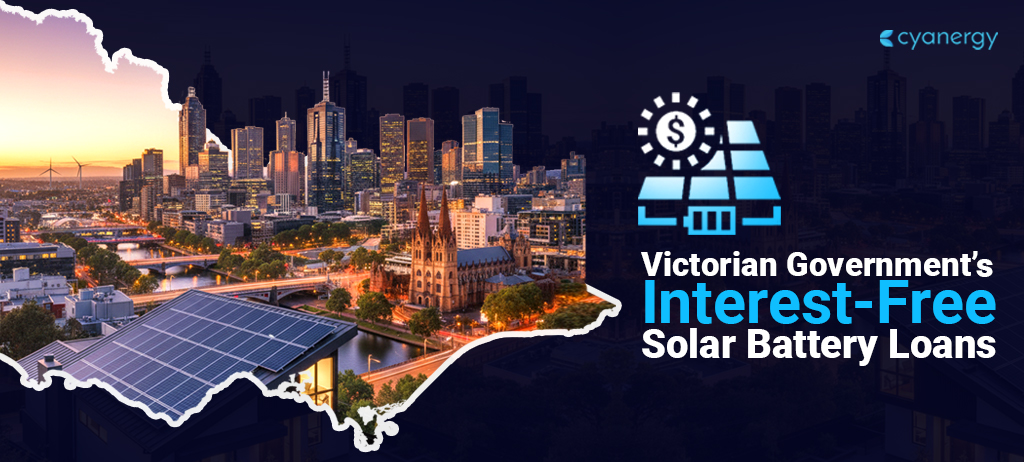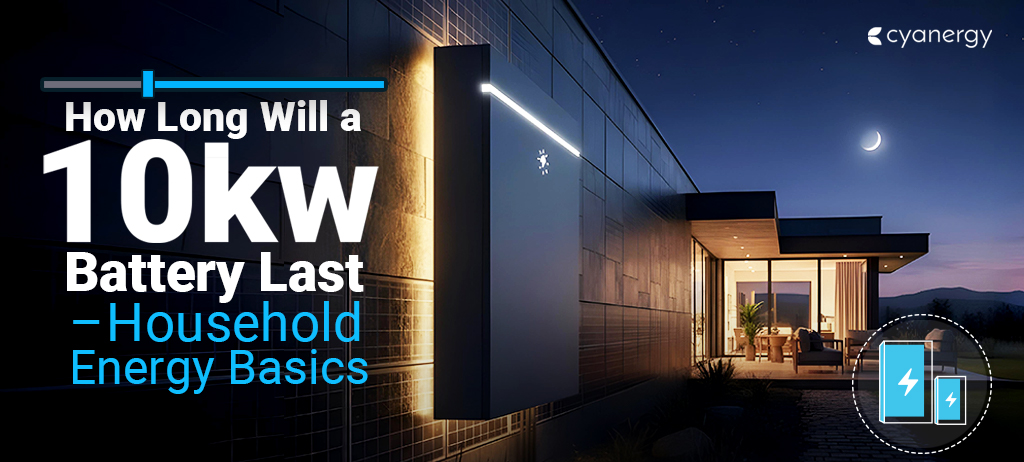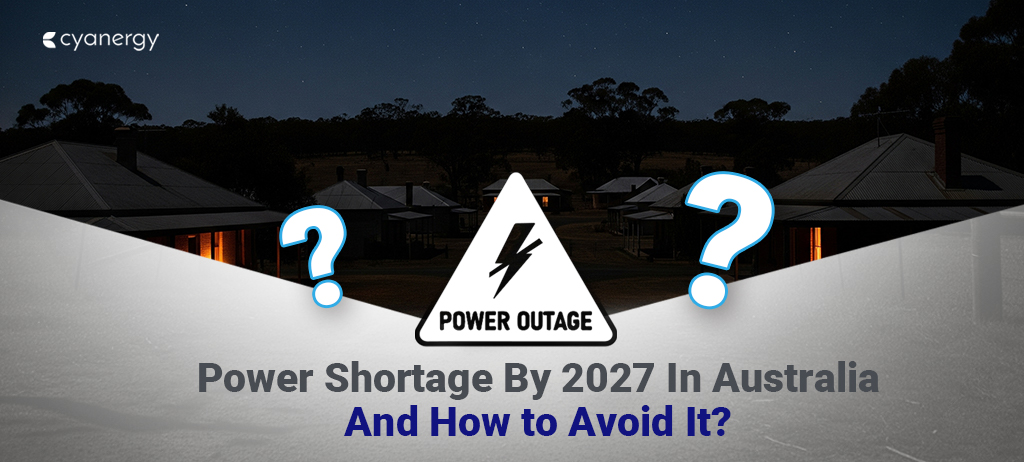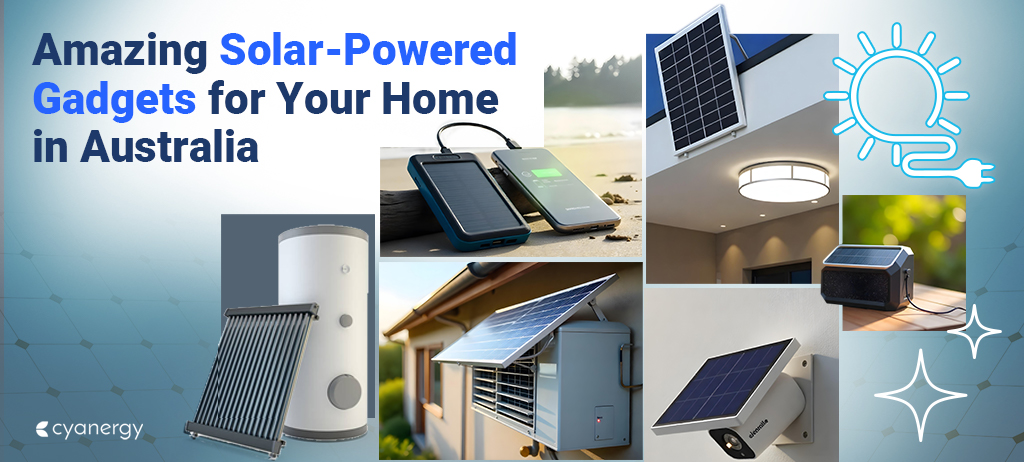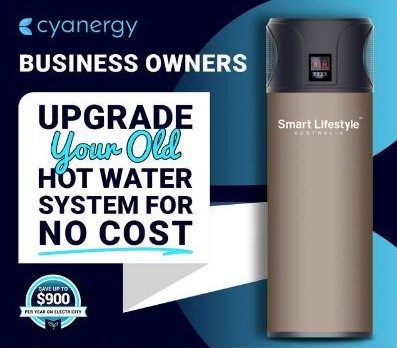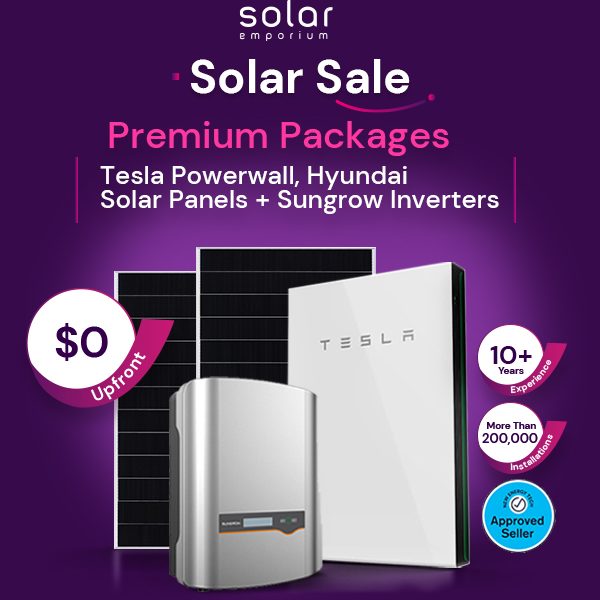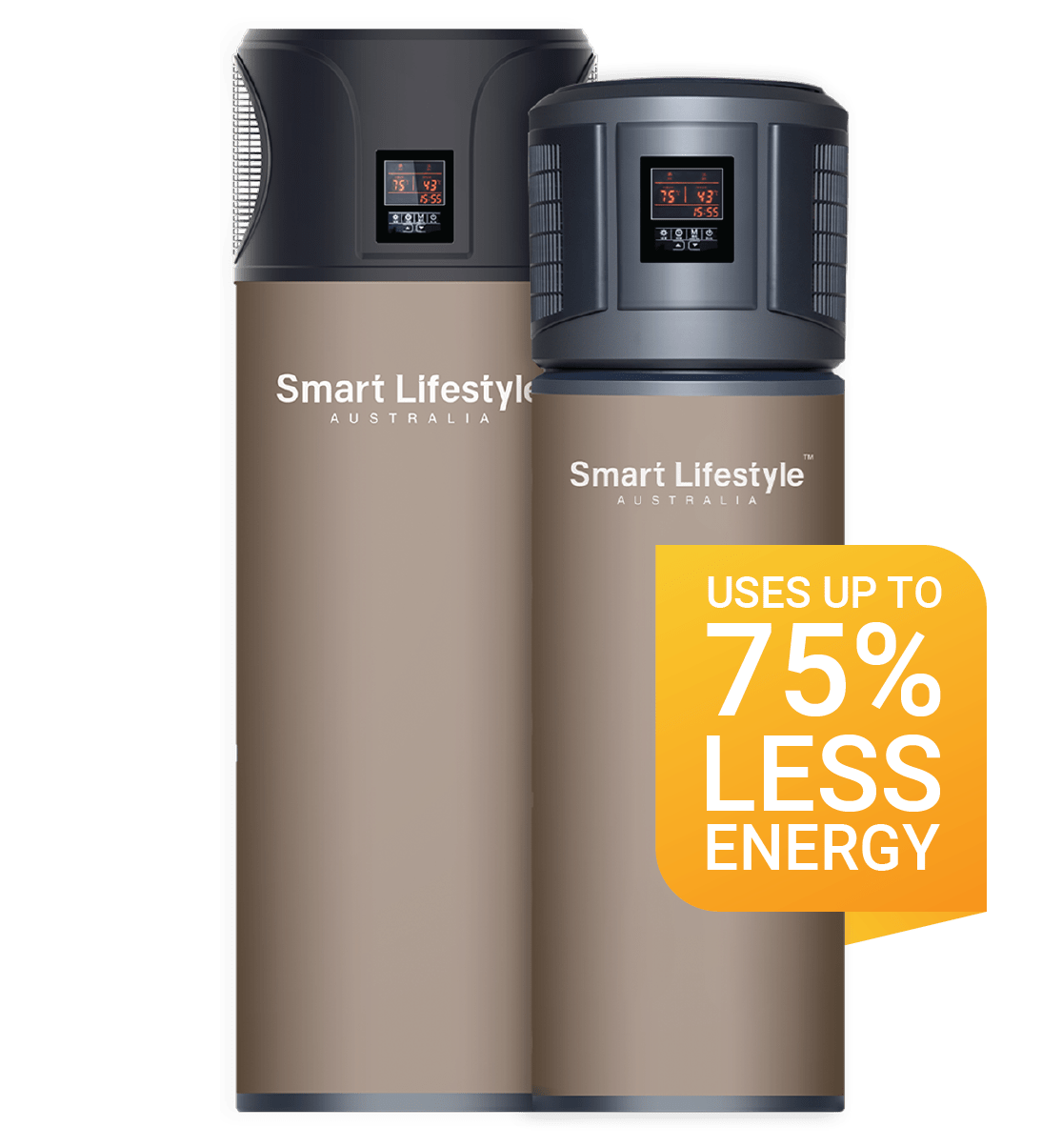Since its beginning on the 19th of August 2018, Victoria’s Solar Homes Program has significantly aimed to reduce household power bills, promote energy independence, and cut carbon emissions.
One key component was the Victorian Government’s interest-free solar battery loan program, introduced in July 2023. It offered loans of up to $8,800 with zero interest, which can be repaid over several years.
Combined with solar panel rebates and federal small-scale technology certificates (STCs), this scheme significantly reduced upfront costs, making solar storage systems widely accessible and helping households to invest in solar battery storage.
Data indicate that Solar Homes customers reportedly save around $1,500 per year on their energy bills, with a typical payback period ranging from seven to ten years.
The broader Solar Homes initiative has been highly successful, with over 20,000 solar battery systems installed through both rebates and loans.
Although applications are currently closed for this program, it’s worth keeping an eye out, as several other rebate programs are available that can bring you significant savings.
Ready to explore your options? Let’s dive in!
In this blog post:
- The Federal Response: The “Cheaper Home Batteries Program”
- What Does the New Federal Program Offer in 2025?
- Victoria’s Solar Shift: From Solar Loans to Rebates!
- Other Federal Programs Supporting Solar & Clean Energy in Australia
- Battery Savings: How Rebates and Financial Aid Benefit Australians?
- Wrap Up
The Federal Response: The “Cheaper Home Batteries Program”
Started on 1 July 2025, the federal government launched the new Cheaper Home Batteries Program, delivering a 30% upfront rebate rather than a loan for battery installations.
This program was part of the Small-scale Renewable Energy Scheme (SRES), and the rebate is estimated to be around $370 per usable kilowatt-hour (kWh), resulting in a 30% discount on battery system costs.
This rebate program is eligible for residential, small business, and community installations sized between 5 kWh and 100 kWh, with a maximum of 50 kWh eligible per site.
Operated by the Clean Energy Regulator and utilizing the STC framework, this federal rebate is designed to be applied seamlessly as a discount during installation, making battery uptake more affordable and user-friendly for Australian residents.
What Does the New Federal Program Offer in 2025?
- A federal rebate of approximately 30% on eligible home solar battery systems, up to $372 per usable kWh. This equates to approximately $330–$344 per kWh after accounting for administrative costs.
- For a typical home battery range such as 11 to 13.5 kWh, this rebate could total about $3,300 to $4,000.
- Designed to cut battery installation costs from over $10,000 to as low as $6,000
Who Qualifies? | Find your eligibility!
- Homeowners, small businesses, and community facilities are installing battery storage systems either alongside new or existing rooftop solar panel systems.
- Your battery systems must be:
✔ Between 5 kWh and 100 kWh nominal capacity (rebate applies up to the first 50 kWh usable capacity).
✔ CEC‑approved and installed by a Clean Energy Council (CEC) accredited installer.
✔ Paired with rooftop solar and Virtual Power Plant (VPP) capable if grid‑connected (though joining a VPP remains optional in many cases).
- Only one rebate is allowed per electricity meter or property.
- Available nationwide starting 1 July 2025, with rebate values decreasing annually until the program concludes in 2030.
How to Apply for the Cheaper Home Batteries Program?
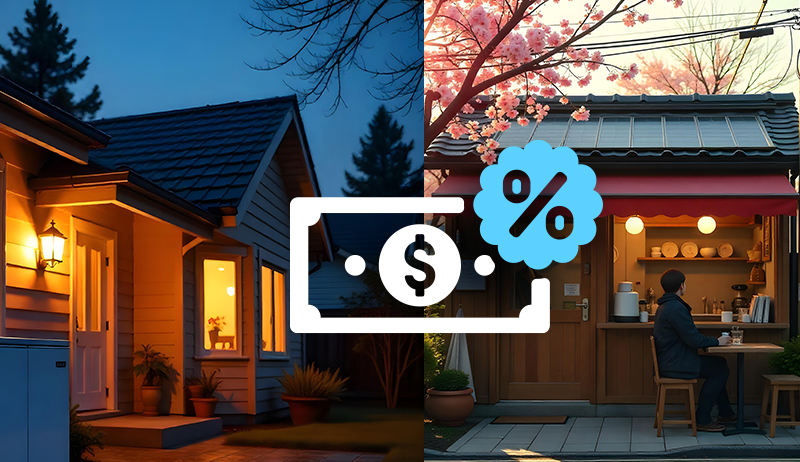
Thinking about adding a battery to your existing solar setup?
Now’s the perfect time! Apply for the Cheaper Home Batteries Program and cut your installation costs with this government rebate. Much more hassle-free and easier.
These are the four easy yet crucial steps:
Step 1: Select the Right Battery
Our specialists will guide you through our selection of CEC-approved, VPP-compatible home batteries to find the perfect fit for your needs.
Step 2: Book Your Installation
Secure your installation date early to avoid delays and ensure timely delivery, particularly during peak demand periods.
Step 3: Claim Your Rebate
When the rebate program launches, we’ll walk you through the government’s online application process to make your claim smooth and stress-free.
Step 4: Start Saving Immediately
Your eligible rebate will be applied directly to reduce your upfront costs, so you can begin enjoying the benefits right away.
Victoria’s Solar Shift: From Solar Loans to Rebates!
So, how does the transition work?
The transition from state-backed loans to federal rebates means the support model shifts from repayments to instant discounts.
For example, if you want to add a 10 kWh battery, approximately $3,300 will be deducted from its upfront price.
While this new structure continues to lower financial barriers, concerns remain that without low-interest financing, households, predominantly low-income, may still find battery storage unaffordable.
The reason is simple! Federal programs may offer broader but potentially less heavy-handed support than state-level loan schemes.
Other Federal Programs Supporting Solar & Clean Energy in Australia
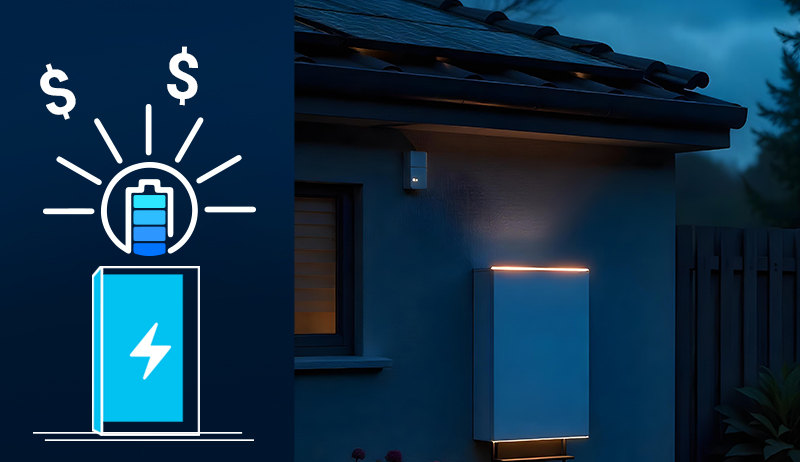
Small-scale Renewable Energy Scheme (SRES)
The Small-scale Renewable Energy Scheme (SRES) is an Australian Government-backed initiative that provides financial incentives to households and businesses to install small-scale renewable energy systems.
The scheme works by creating Small-scale Technology Certificates (STCs) for these installations, which can be sold or traded to reduce the upfront cost of the system and provide a discount to the system owner.
The Eligible Systems include:
✔ Solar PV systems up to 100 kW.
✔ Solar batteries with a nominal capacity of 5 kWh to 100 kWh.
✔ Solar water heaters
✔ Air source heat pumps
✔ Small-scale wind and hydro systems
How does SRES work?
So, let’s see how this SRES works, overall reducing your solar cost:
- Install a small-scale renewable energy system on your home or business property, such as a solar or wind system.
- Upon installation, Small-scale Technology Certificates (STCs) are created for the system.
- Your installer or solar retailer typically applies for the STCs and sells them to a large-scale energy retailer on your behalf.
- Then they provide you with a discount on the system’s purchase price.
The main goal of the SRES is to make renewable energy technologies more affordable. And the best part of the scheme is that the Clean Energy Regulator administers it.
However, this incentive phases out gradually by 2030, so act quickly to ensure maximum savings!
ARENA Funding and Related Initiatives
ARENA supports a range of clean-energy projects, such as:
✔ Ultra Low‑Cost Solar PV R&D, which is $60 million.
✔ Community Batteries Funding Round‑2 of $46.3 million (remaining amount from Round 1).
Altogether, this battery breakthrough initiative, government aimed at boosting manufacturing, innovation, and industrial capabilities across Australia’s renewable energy sector.
Battery Savings: How Rebates and Financial Aid Benefit Australians?
When combined with state-level rebates and interest-free loans or other incentives, the total cost of installing battery storage is significantly reduced.
In some places, the rebate effectively halves battery payback periods to 3 to 4 years under ideal conditions.
Moreover, by participating in these programs, households become more energy efficient, thereby reducing their reliance on the grid and enhancing the viability of rooftop solar systems.
Wrap Up
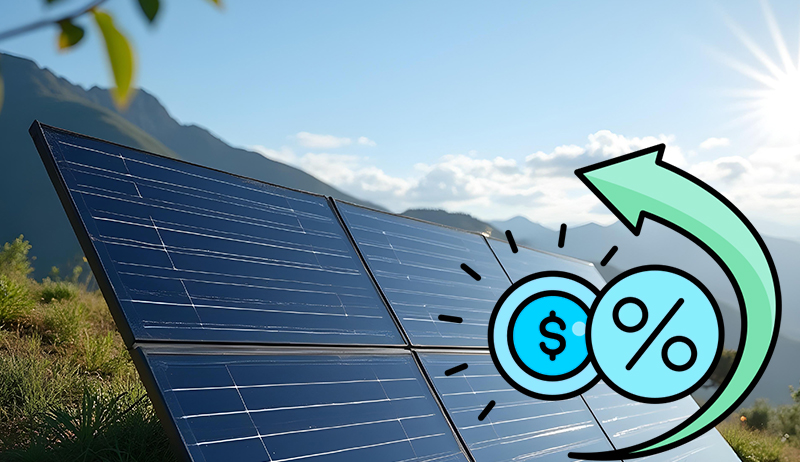
The Government’s interest-free solar loans Victoria scheme was a hallmark of accessible, effective renewable energy policy, accelerating battery uptake and delivering significant bill savings.
Yet, its early closure in May 2025 marks the end of one chapter.
On the horizon is the federal Cheaper Home Batteries Program, which offers an upfront, automatic rebate that similarly reduces costs, but without the financing element.
While it promises a broader reach, it may lack the depth of access equity delivered by the previous state loan program.
As Victorian householders increasingly seek electricity independence, resilience, and affordability, policy design is crucial. They ensure that no one is left behind and remain at the heart of accelerating the transition to renewable energy.
To learn more about these rebate programs and to get all your energy solutions in one place, click on Cyanergy. We assure you safer, smarter, and more sustainable energy choices.
